Screw terminal blocks (also known as screw terminal connectors) secure the wires by tightening the clamps to the wires with screws, the most common industry-wide electrical connection method, allowing better wire gauge compliance and providing a more secure connection effect.
SCONDAR provides 2.54mm, 3.5mm, 3.81mm, 5mm, 5.08mm, 6.35mm, 7.62mm, 9.5mm, 10.16mm, 15mm pitch, 2 pin to 24 pin PCB screw terminal block, If you didn’t find the PCB screw terminal block connector you want, welcome to contact us for help.
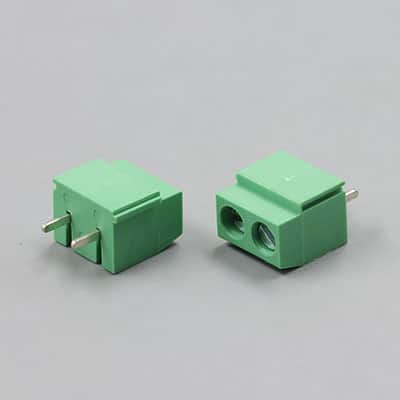
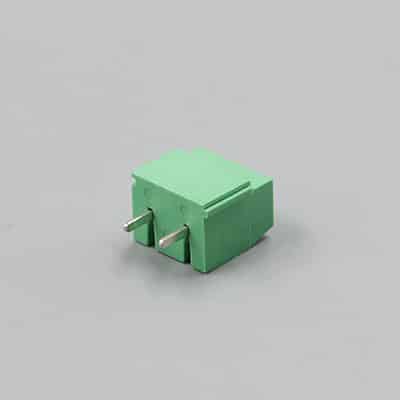
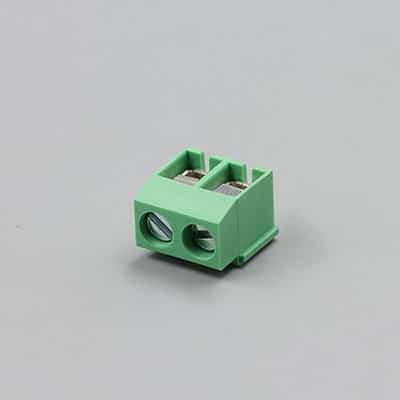
SCT126V-5.00-xxB4650
- Pitch: 5.0mm
- Rated voltage: 300V/250V
- Rated surge voltag: 2KV
- Rated current: 10A/28A
- Conductor cross section: 26~14AWG
- Torque: 0.4N.m
- Strip length: 7mm
- Ambient temperature: -40℃~105℃
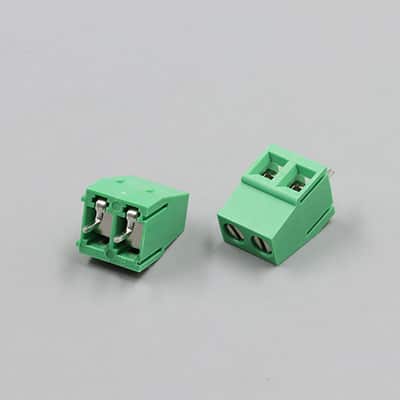
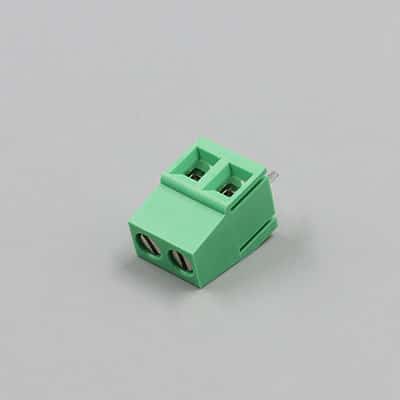
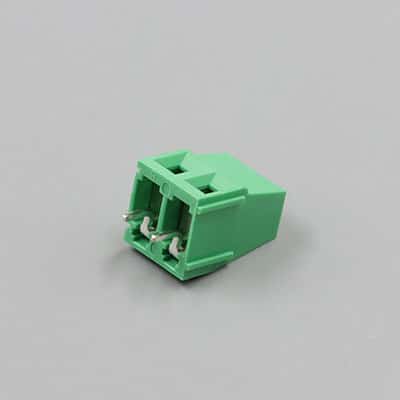
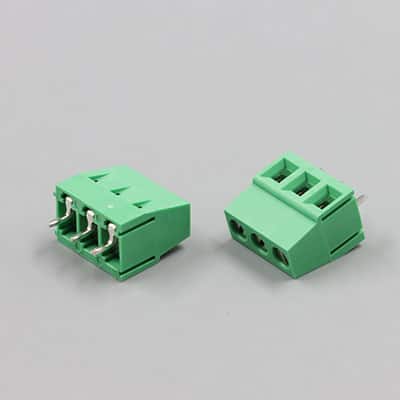
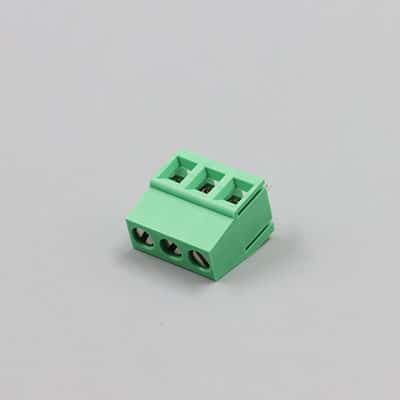
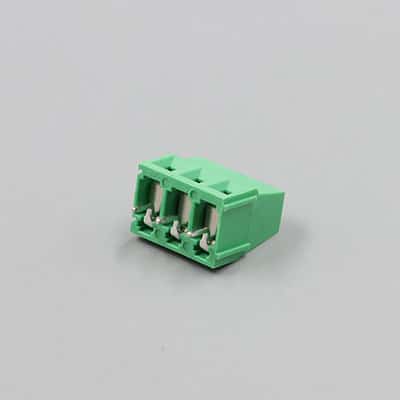
SCT128V-5.08-xxB4650
- Pitch: 5.08mm
- Rated voltage: 300V/250V
- Rated surge voltag: 2KV
- Rated current: 10A/20A
- Conductor cross section: 30~12AWG
- Torque: 0.5N.m
- Strip length: 6mm
- Ambient temperature: -40℃~105℃
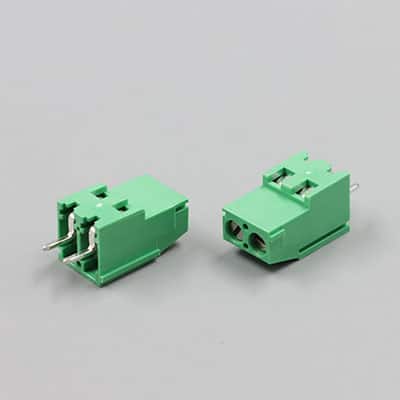
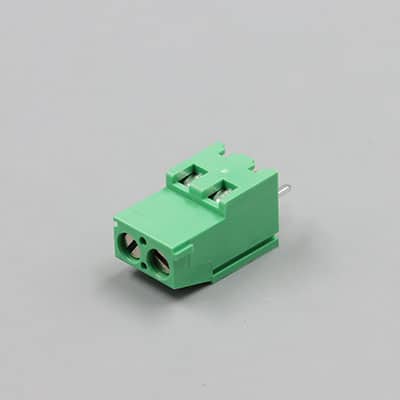
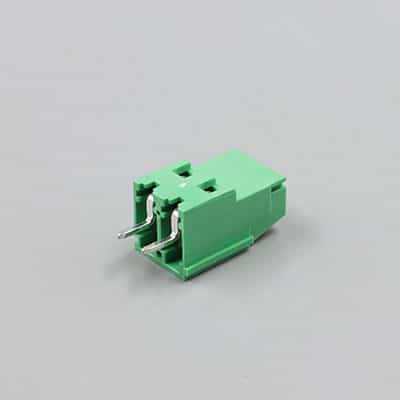
SCT129V-5.08-xxB4650
- Pitch: 5.08mm
- Rated voltage: 300V/250V
- Rated surge voltag: 2KV
- Rated current: 10A/20A
- Conductor cross section: 26~12AWG
- Torque: 0.5N.m
- Strip length: 8mm
- Ambient temperature: -40℃~105℃
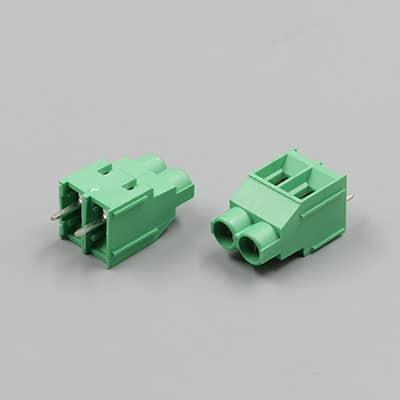
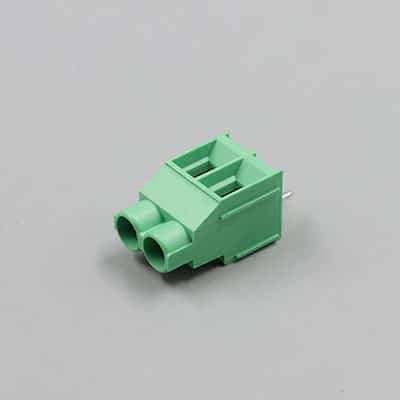
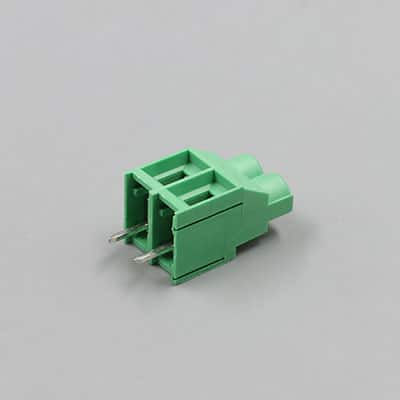
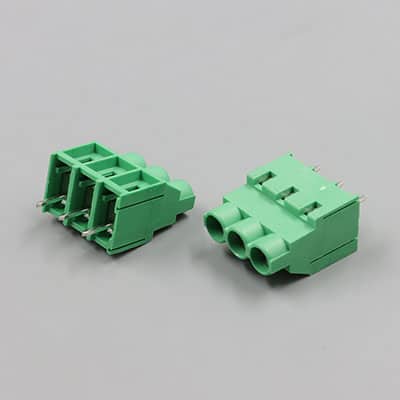
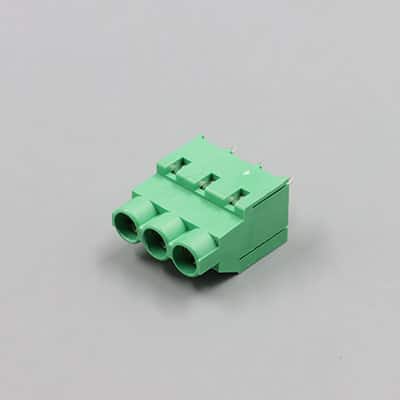
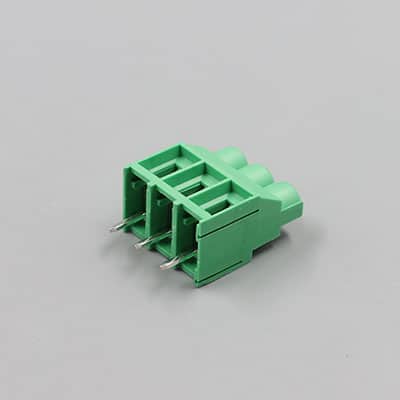
SCT635-6.35-xxB4650
- Pitch: 6.35mm
- Rated voltage: 300V/250V
- Rated surge voltag: 2KV
- Rated current: 10A/20A
- Conductor cross section: 26~12AWG
- Torque: 0.5N.m
- Strip length: 8mm
- Ambient temperature: -40℃~105℃
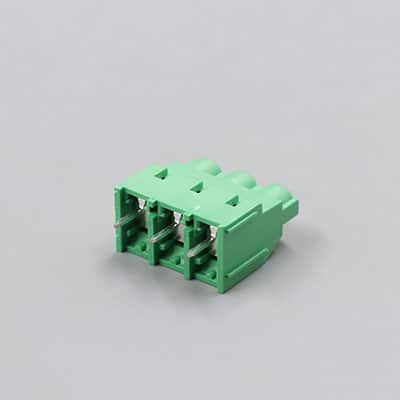
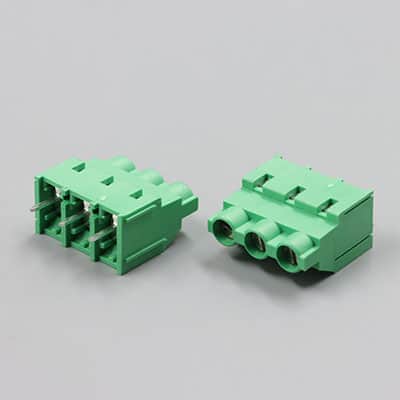
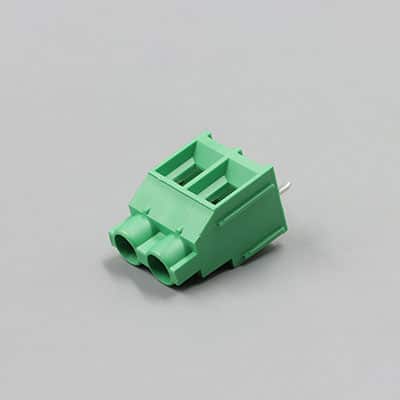
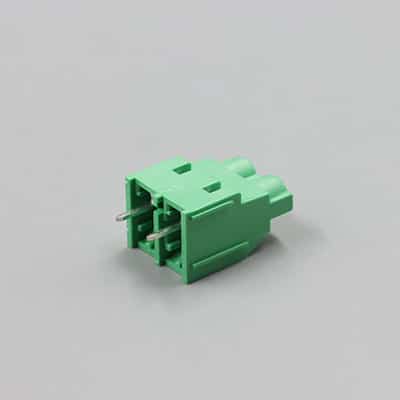
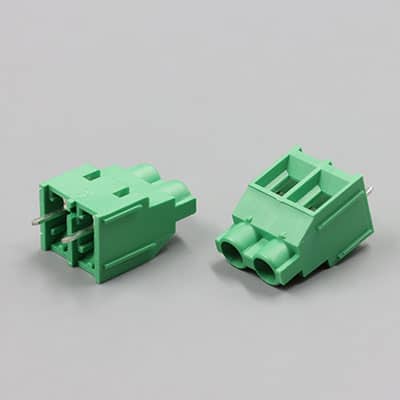
SCT635-7.62-xxB4650
- Pitch: 7.62mm
- Rated voltage: 300V/450V
- Rated surge voltag: 2.5KV
- Rated current: 10A/30A
- Conductor cross section: 26~12AWG
- Torque: 0.5N.m
- Strip length: 8mm
- Ambient temperature: -40℃~105℃
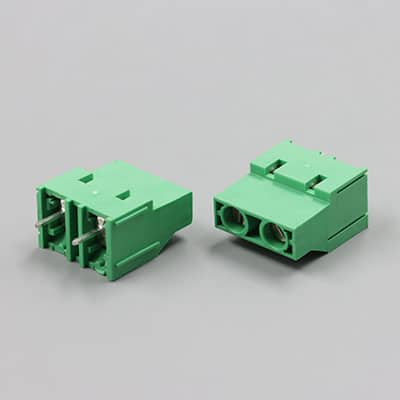
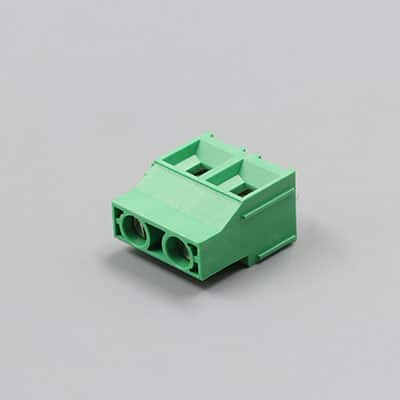
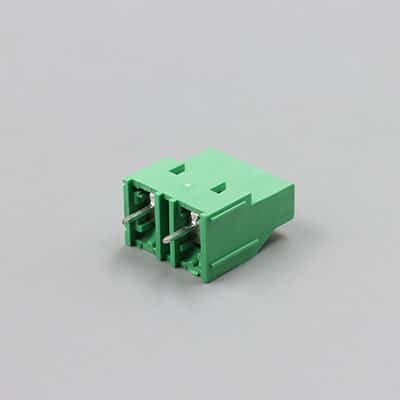
SCT950-9.50-xxB4650
- Pitch: 9.5mm
- Rated voltage: 300V/250V
- Rated surge voltag: 2KV
- Rated current: 10A/20A
- Conductor cross section: 26~12AWG
- Torque: 0.5N.m
- Strip length: 8mm
- Ambient temperature: -40℃~105℃
Structure and Operation
The basic structure of a screw terminal block includes:
- Housing: Typically made of an insulating material, such as plastic or nylon, the housing holds the metal parts and provides insulation between adjacent terminals.
- Metal Conductor Plate: Inside the terminal block, there is a conductive metal plate or bar that the wire is connected to. This is responsible for carrying the current.
- Screw: The screw mechanism holds the wire in place. When the screw is tightened, it clamps down on the wire, ensuring a firm connection.
To use a screw terminal block, the wire is stripped of insulation at the end, inserted into the terminal, and the screw is tightened to secure the connection. This process creates a reliable electrical connection without needing to solder or use specialized tools.
Key Features
- Ease of Installation: Screw terminal blocks are straightforward to install. A screwdriver is typically the only tool required to connect or disconnect wires.
- Reusability: These blocks allow wires to be easily removed or reconnected by simply loosening the screw, which is useful for applications that may require frequent changes or maintenance.
- Durability: The screw mechanism provides a strong connection that resists loosening due to vibration, ensuring long-term reliability in various environments.
- Compatibility: Screw terminal blocks can accommodate a wide range of wire gauges, making them versatile for different wiring needs.
Applications
Screw terminal blocks are used in numerous industries, including:
- Industrial Control Panels: They are widely used for connecting sensors, actuators, and control devices in automation systems.
- Power Distribution: Screw terminal blocks provide a reliable way to connect wires in electrical distribution boards and circuit protection devices.
- Building Wiring: In lighting, HVAC, and electrical outlet systems, they offer an easy way to connect wires securely.
- Consumer Electronics: Small-scale devices and appliances often use screw terminal blocks for connecting internal wiring.
Conclusion
Screw terminal blocks are an essential component in electrical systems, offering a simple, secure, and reliable way to connect wires. Their reusability, ease of installation, and durability make them suitable for a wide range of applications, from industrial automation to everyday household wiring.